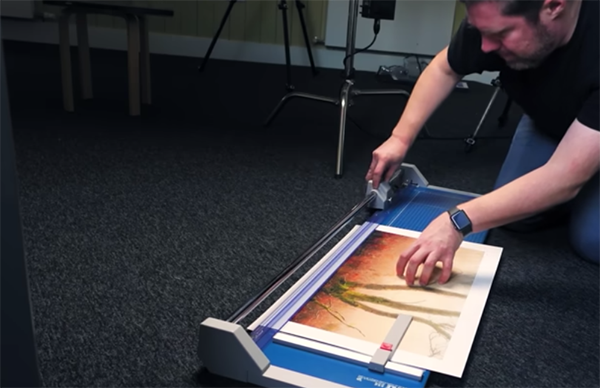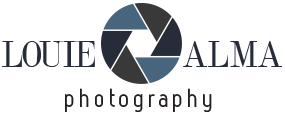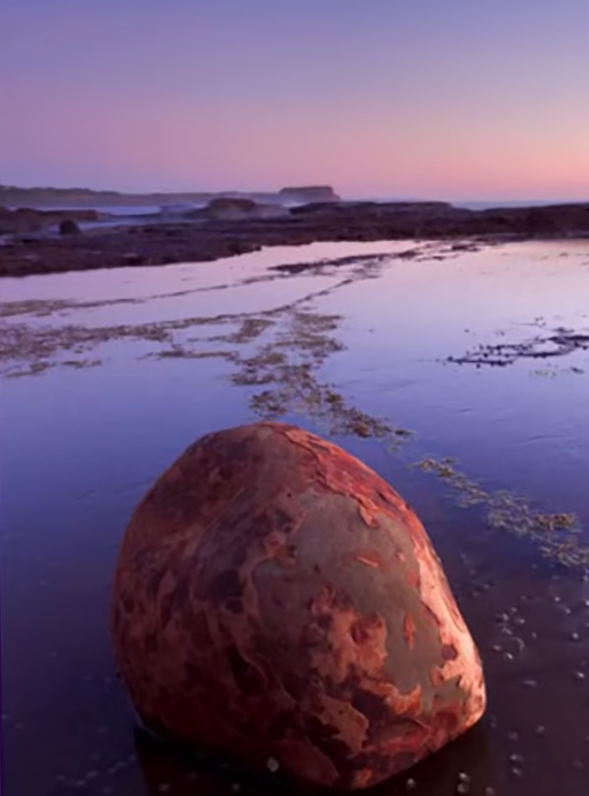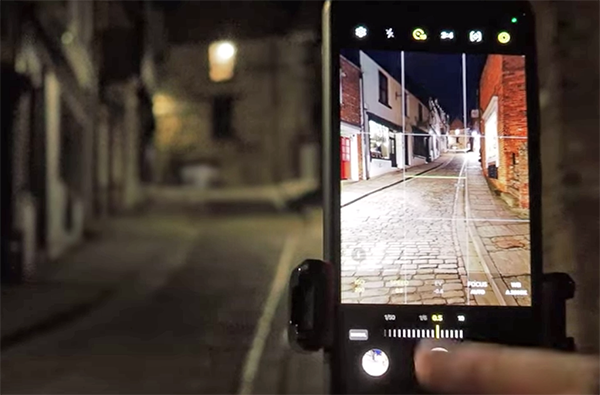Printing Photos at Home? Ignore These Common Myths (VIDEO)
Printing and framing your best photographs is a great way decorate a home or office and present thoughtful gifts to family members and friends. Today’s tutorial from an expert shares his time-proven technique while debunking what says are “the most common photo printing myths.”
Instructor Adam Karnacz is an accomplished British pro who specializes in landscape, nature, and macro photography and insists that “printing is the final most-exciting step in photography even though many photographers either avoid it or don’t see the value of this practice at all.” In the next 15 minutes you’ll learn his list of best practices for getting the job done to perfection.
Karnacz begins with a bold claim that may appear controversial until you hear him out; namely that when it comes to printing “megapixels are a lie.” In other words, you don’t really need big resolution to make excellent prints. He’s owned and used camera’s with mammoth resolution and medium-format sensors, and he says there’s only one practical reason for this “insane” capability; namely, “if you want to make huge prints that maintain high detail when viewed very closely.”

There’s no doubt that prints like this are amazing, but here’s the rub: Under normal circumstances there’s no need for massive resolution, because as you step back to an appropriate viewing distance a gigantic level of detail is no longer required. And your expensive high-capacity hard drive will fill up more quickly.
Another misguided complaint is that printing is far too expensive when you factor is the cost of consumables; namely ink and high-quality paper. Here’s how Karnacz responds to this familiar refrain: “While printing is certainly not cheap, I think what people mean when they say this is that printing their photos isn’t valuable enough to justify the cost.”
He quickly debunks this silly claim by discussing the value and satisfaction that occurs “when we bring our photos into the physical world.” Karnacz then provides several tips for keeping your costs under control.

The other myths described in this lesson are equally unfounded, like the claim that ordering prints from lab is preferable to outputting images at home. He also addresses the notion that glossy prints are always more appealing than those made on other types of media.
And if you’re interested in monetizing the love of photography, forget what you’ve heard from those who say, “prints don’t sell.” There’s also the fact that one of the best ways to elevate your shooting skills is by carefully scrutinizing good-sized prints of your best work. There’s much more of interest to photographers on Karnacz’ instructional YouTube channel.
Of course you can’t make a silk purse out of a sow’s ear, just like you can’t make great prints from lousy photos. So be sure to check out the earlier tutorial we posted, explaining four methods for banishing ugly color casts during post-processing to achieve perfectly balanced and realistic tones.











